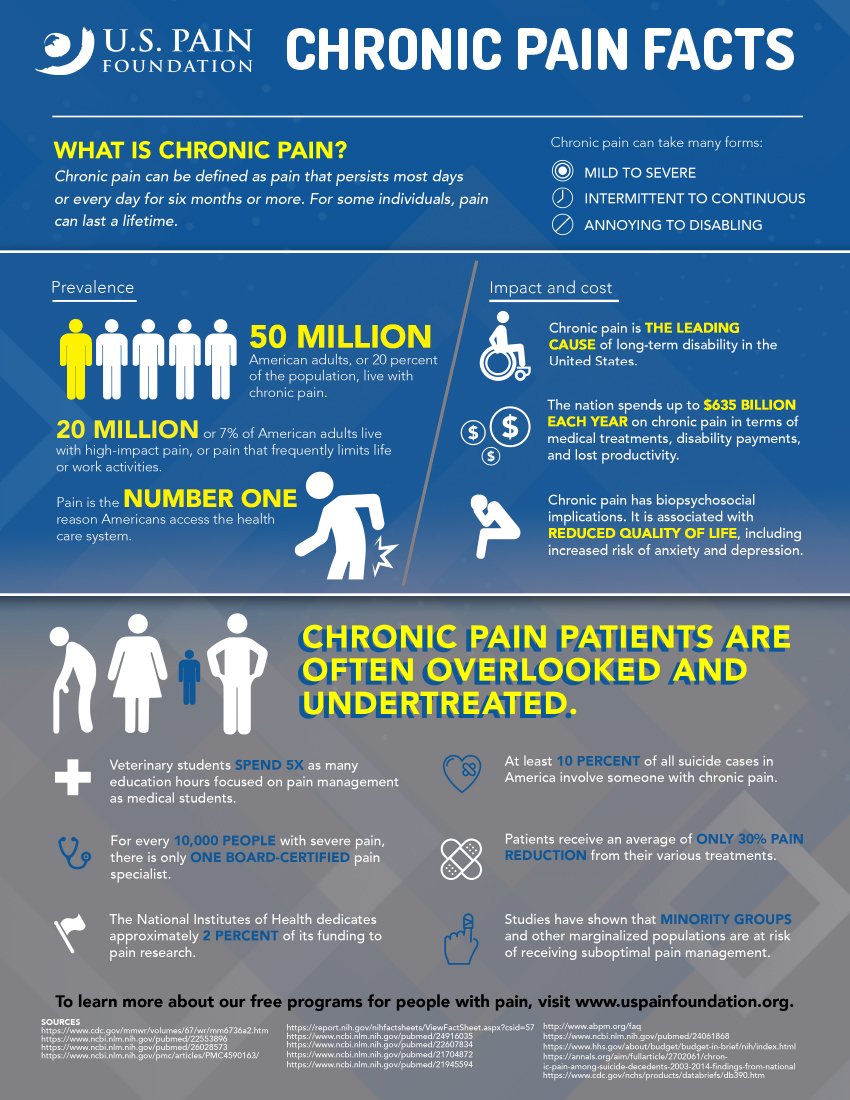September is Pain Awareness Month
In September, the healthcare community and nation observe National Pain Awareness Month. Pain professionals and activists from all around the country get together throughout the month to raise awareness about problems connected to chronic pain and how pain affects persons, families, communities, and the nation.
Chronic pain directly impacts more than 50 million people in the United States. It is often the result of an initial injury, such as muscular strain. Chronic Pain arises due to nerve injury, which intensifies and prolongs the agony. Pain becomes chronic when it lasts for three months or more and persists beyond the usual recovery period. Chronic pain can also occur along with a chronic health condition, such as arthritis.
As devasting as chronic pain can be for functioning, it also affects the quality of life and mental health. Often those living with chronic pain feel unsupported. And while medication is the most effective treatment option, some face difficulties accessing certain drugs. Based on key findings in the US Pain Foundation 2022 Chronic Pain Crisis Report, 79% of respondents in the survey currently take prescription medicines; however, 49% of people with pain report that the leading barrier to treatment is cost.
Some people living with pain find relief using multidisciplinary approaches, such as meditation and mindfulness, heat therapy, and cannabis (when medically allowed). While different therapies and treatments work for different people, it has been shown to reduce pain across the board. It is important to note that each person is unique in terms are what treatments and combinations of treatments help their pain.
You and/or someone you know is likely suffering from chronic pain. If you would like to get involved, here are a few ways to observe Pain Awareness Month:
1. Volunteer: Those that suffer from chronic pain may not seem physically unwell. There is a chance that the individual has suffered for such a period of time that they’ve learned to mask it or think it is “normal pain.” Taking the time to volunteer communicates that you see their pain, recognize that they deserve the same level of care as those suffering from chronic bodily diseases, and want to help.
2. Advocate: Take time to discuss what Pain Awareness Month is and what it means to you. Talk with your friends and family and urge them and others to share their stories and be heard. If you suffer from chronic pain, share your story.
3. Collaborate: If you participate in a support group or know others with chronic pain, organize an event or gathering to promote awareness. Pain impacts so many others, it is good to know that you/they are not alone.
Chronic pain is not “normal pain.” You may feel normal pain during the recovery from an injury; however, normal pain subsides as recovery occurs. Chronic pain persists beyond injury recovery. Chronic pain can also exist alongside chronic bodily illnesses. And chronic pain should be addressed uniquely and appropriately as it pertains to the individual suffering from it. If you or anyone you know is suffering from chronic pain, whether it be a chronic or terminal illness or a persistent injury, please connect with your healthcare provider for solutions. Visit the US Pain Foundation for more information about Pain Awareness Month.


